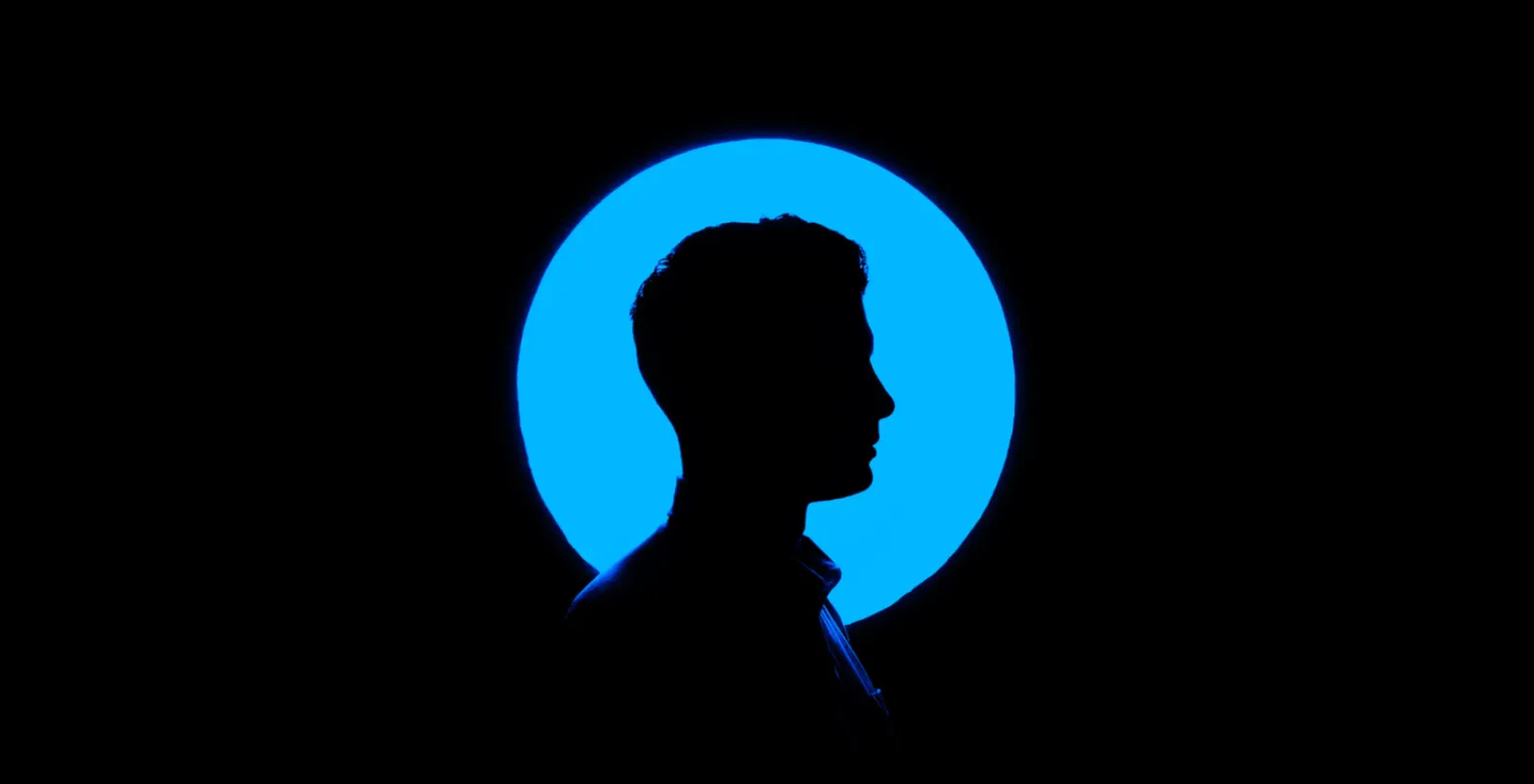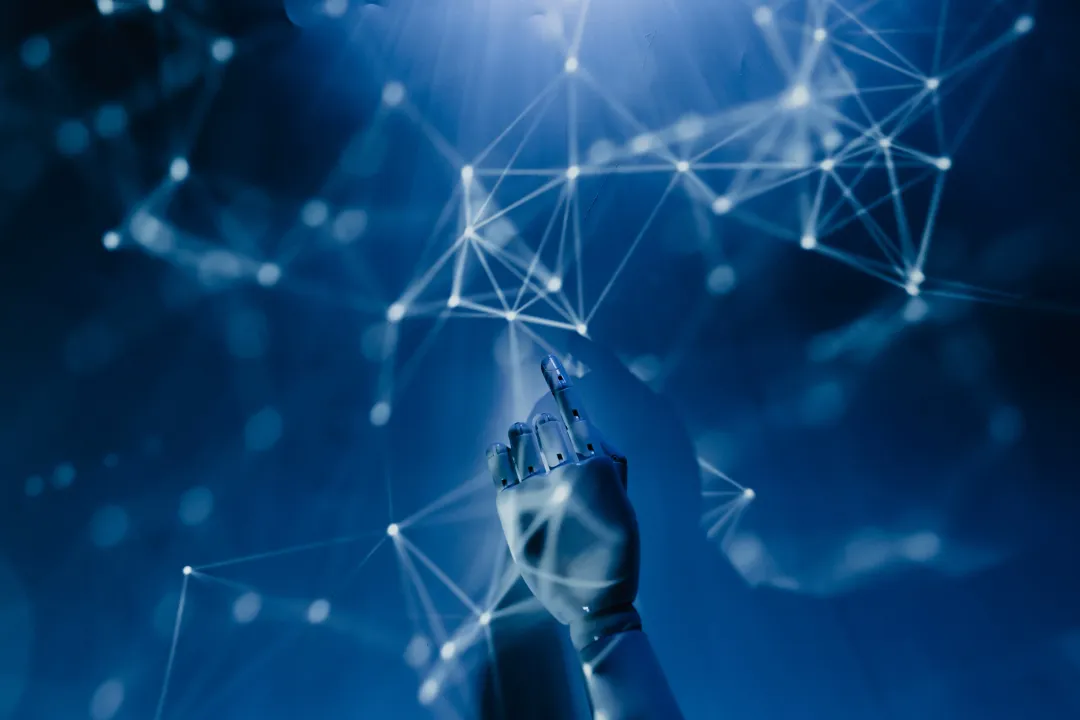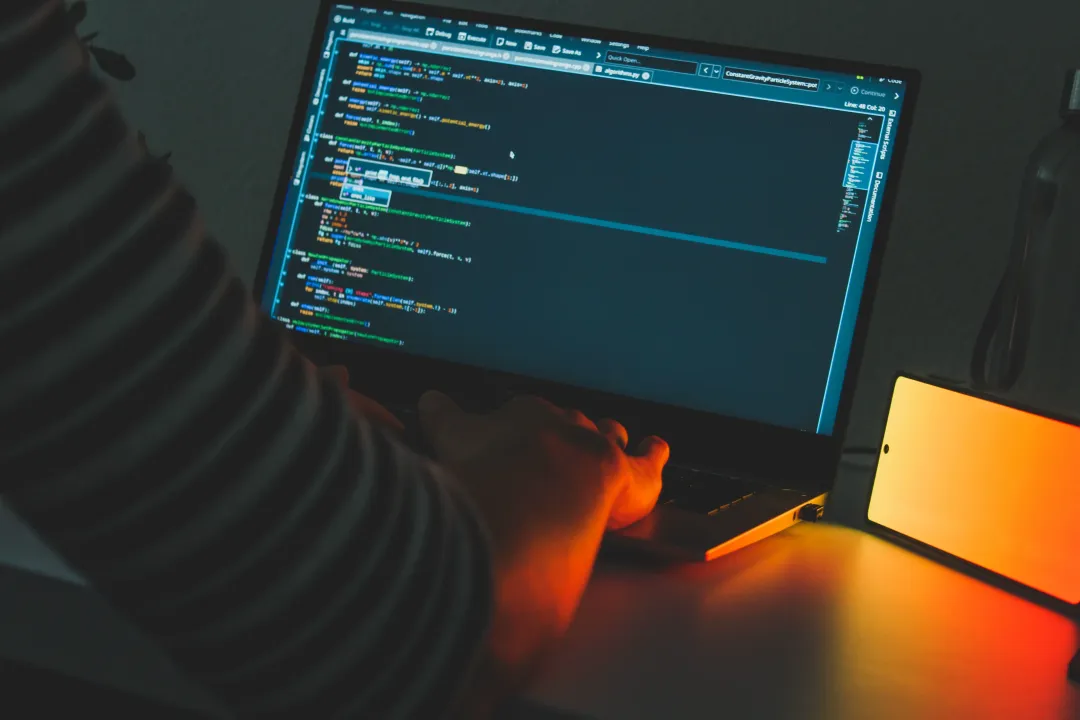
Kajetan Wojtyła
3 April 2023, 6 min read

What's inside
At Sunscrapers, we believe that a great team is the backbone of every successful organization. That's why we take extra care when building our recruiting and strive to get the best talent on board.
We developed our hiring process to source and attract talented professionals who would take our projects to the next level. We also believe in team transparency and want potential candidates to have a clear vision of our recruitment. That's why we decided to share with you our hiring process, what candidates should expect at each stage, and how to ace it and become part of our fantastic team.
What the recruiting process looks like at Sunscrapers
1st Stage: Interview with the Recruiter
The first step of the interview in Sunscrapers is a conversation with the recruiter. It is an essential element of the process and, at the same time, the least liked by many programmers. People usually do not think less of this interview stage, but it is very beneficial and brings a lot of value to both sides of the process - the recruiter and the programmer.
On the one hand, during this first-time conversation, the candidate can learn much more about the company, project, team, tasks, technologies, responsibilities, working hours, etc. The job offer covers these pieces of information, but the candidate can get additional insight and important details.
This is also a moment for the interviewee to ask all the questions regarding the position. After all, everyone wants to know precisely what it's like to work on a project before signing a contract.
On the other hand, it is an excellent tool for the recruiter to learn more about the programmer's experience. The recruiter can compare it with the expectations placed into the position and see how a given programmer communicates - whether he fits the specifics of the project and the team he is about to join.
In today's job market, mainly working on international projects, soft skills are almost as necessary as knowledge and technical skills.
These 30 minutes spent talking to the recruiter often allow each party to decide whether the programmer and the project match.
2nd Stage: Technical interview
We no longer do “at-home tasks” at the technical verification stage. These were usually done correctly but gave us little information about the candidate's technical skills.
Our experience shows that in-depth technical interviews are much better. During that, we can easily verify candidates’ knowledge, experience, and technical skills. It is also a great tool to learn how a given programmer thinks, what ideas and solutions to a given problem he can generate, and, more importantly, how he can communicate his ideas to other team members.
At Sunscrapers, we approach technical talks in two ways:
1. Technical conversation with Przemek, CTO at Sunscrapers
When we start a software house project, where we take responsibility for the project from the start (usually a moment of creating the backlog) to the end, which is to deliver the working product to the client, we thoroughly verify the technical knowledge of the candidates ourselves.
When building a team, we know what skills and knowledge are required to carry out future tasks successfully.
Technical talks with Przemek are efficient and always bring the real challenges that await a project, so the potential team member does not need to prepare for this stage.
Note from the recruiter: Just bring all your experience and an open mind. The rest will follow!
2. Technical conversation with the client
This is also a fairly common scenario. At Sunscrapers, we choose this option when we work with technical clients who want to participate in the interview process.
Usually, they know exactly what they want and how to achieve this. They know their products and services like no one else, so we like it when the client wants to verify the technical knowledge of the potential team member by themself.
A conversation might last from 40-60 minutes. As in the case of conversations with Przemek, its focuses on the practical aspect of the project. Often, clients present a real case scenario that will be encountered in the project, asking for a potential solution.
Sometimes during this stage, there is also an element of live coding, which shows how the programmer thinks and what solutions come to mind first.
Note from the recruiter: Remember that technical conversation is also for you, the candidate!
There is a misconception among developers that a technical interview is only for the company and potential supervisor.
And, of course, that is partly true. A technical interview, especially one that checks practical knowledge, is an ideal tool to verify understanding of technology, approaches, and analytical thinking. This stage allows the recruiter and the client to quickly assess whether this is the knowledge and skills that the team is looking for.
But the same conversation is also for the developer to learn as much as possible about the project from the technical side.
Note from the recruiter: always ask all the questions coming to your mind during the technical conversation.
The whole process is for both parties. After each stage, everyone involved in the process should learn more about the other side. All these stages allow the candidate and the client to know if they will meet each other's expectations.
3rd Stage: Decision & feedback
Now we got two possibilities:
- Once we ensure the candidate has all it takes to become an excellent fit for our team, we will follow up with an offer.
- If it turns out that a candidate’s skill set or work style doesn't match our current objectives, we will communicate our decision as quickly as possible and provide the candidate with constructive feedback.
During the entire hiring process, we do our best to keep in touch with the interviewee and help them understand the stage of their application - and what to expect next.
To sum up
We designed our process to be as efficient as possible, and today, our average time from application to hire is ten days.
It used to take us 14 days, but we are still doing everything we can to ensure the process is quick and efficient. We’re always busy fine-tuning our hiring process to learn what we could do better. That's why we send each candidate a short anonymous survey at the end of the process to improve our understanding of the candidates’ experience and learn what works and what needs improvement.
Contact us
Have you got any questions about our hiring process or working at Sunscrapers?
Feel free to drop us a line at [email protected]. We’re always looking to bring new talents on board.
Check out our blog and LinkedIn profile to get to know us better!


